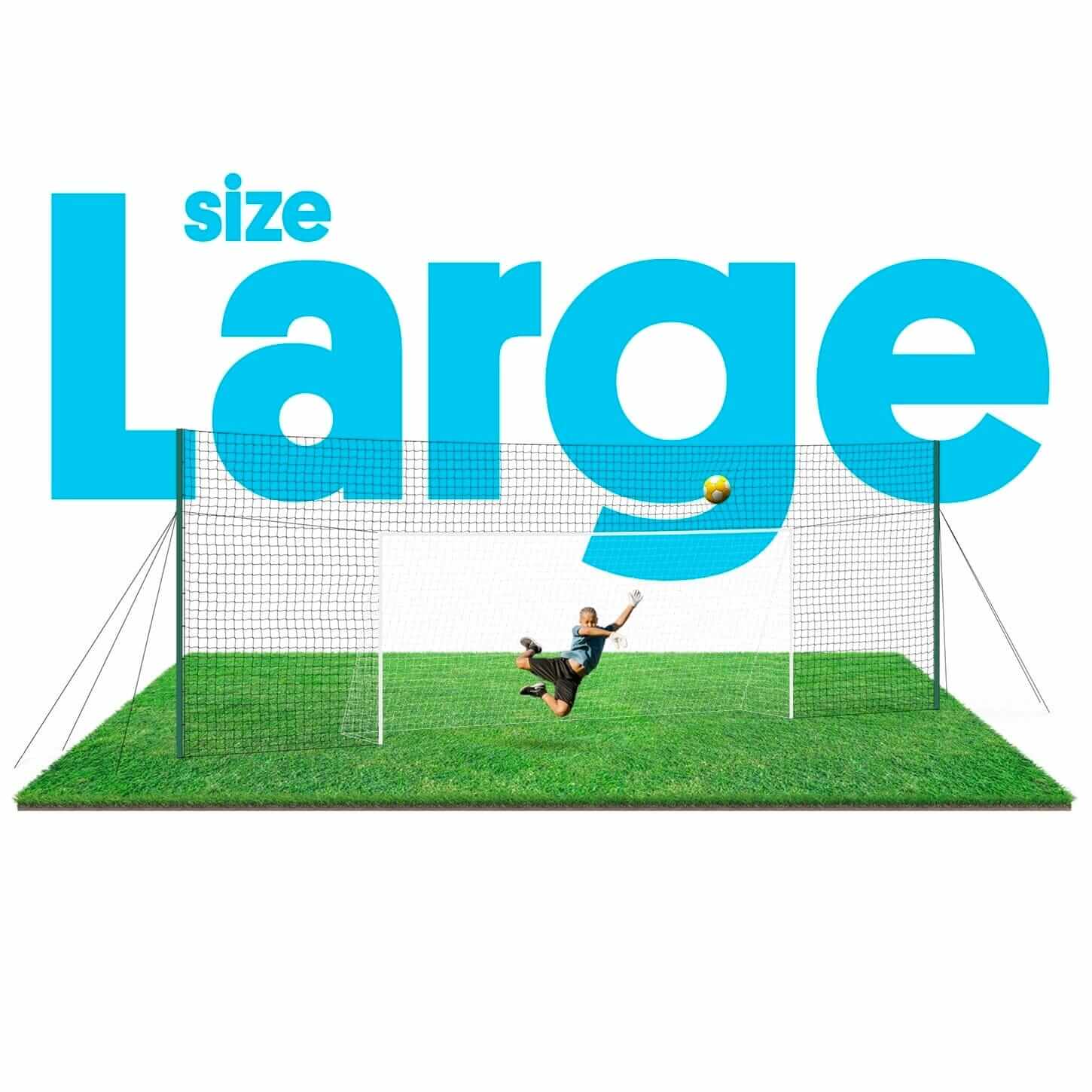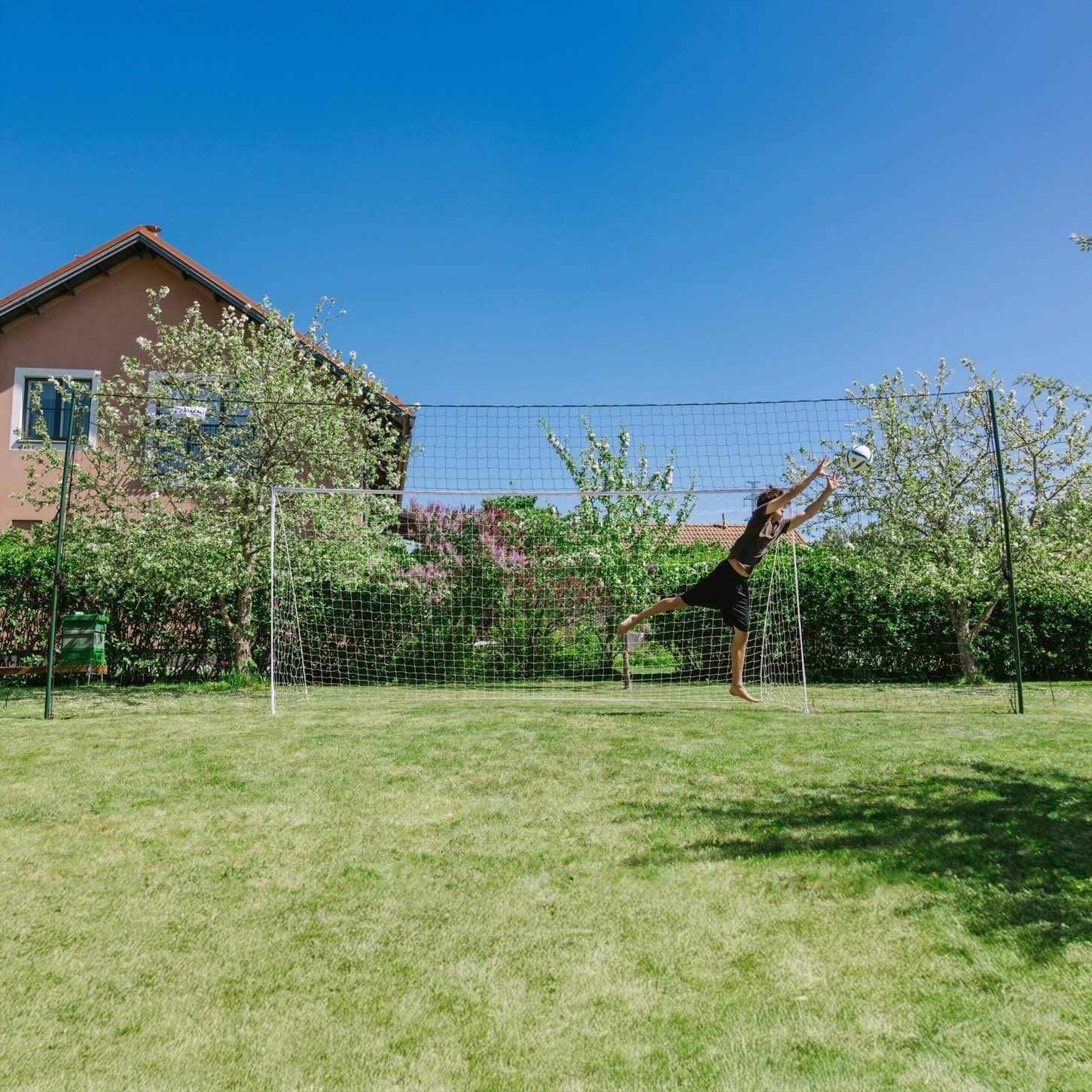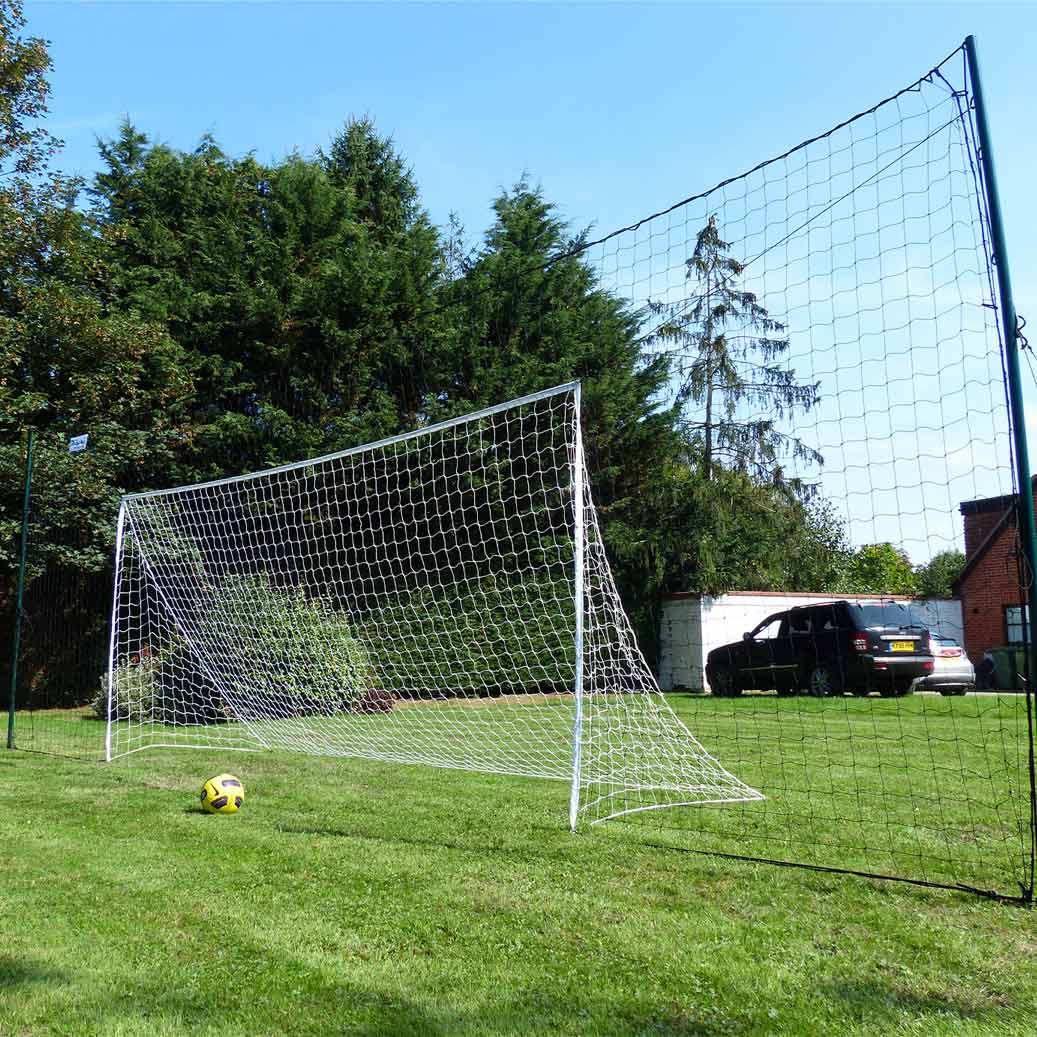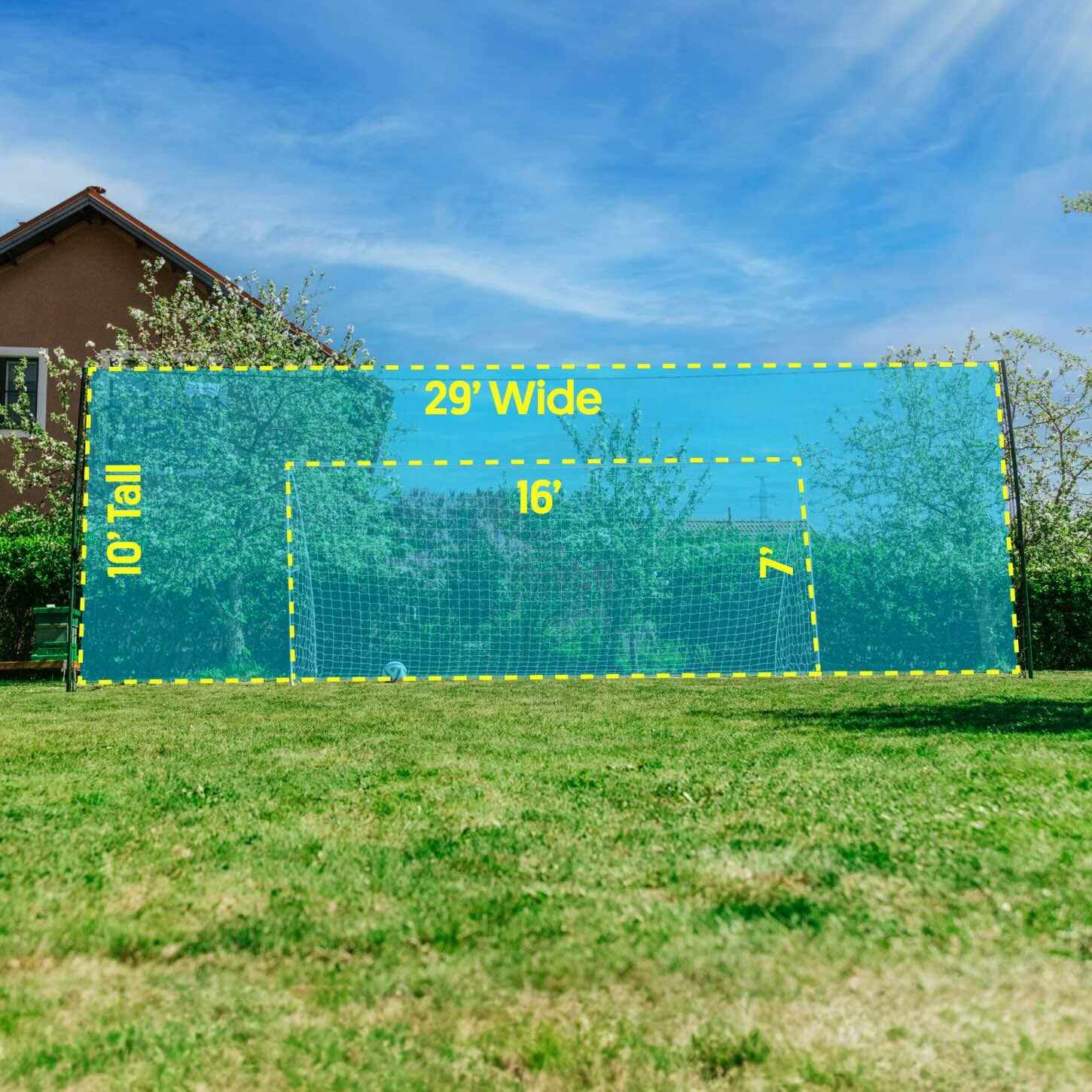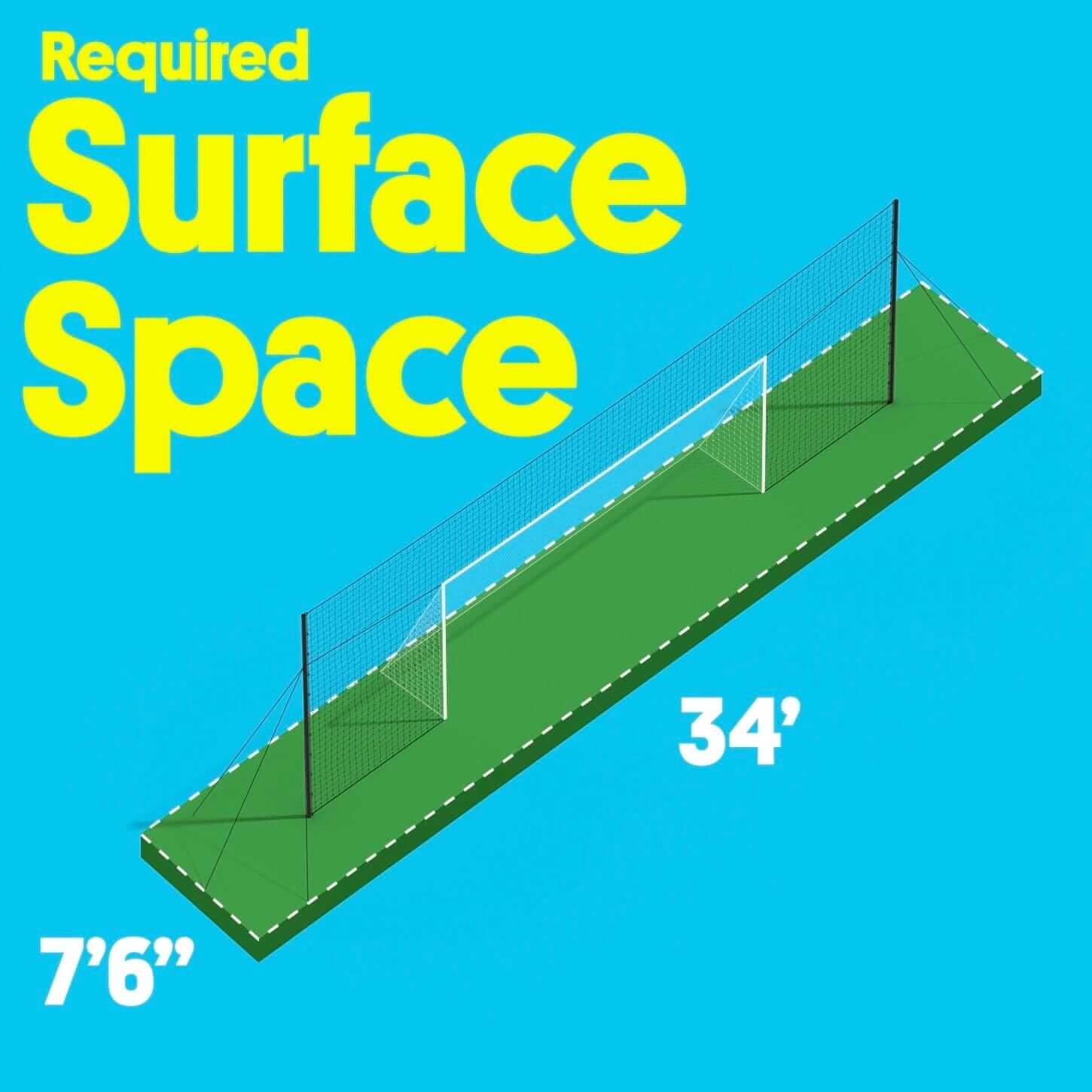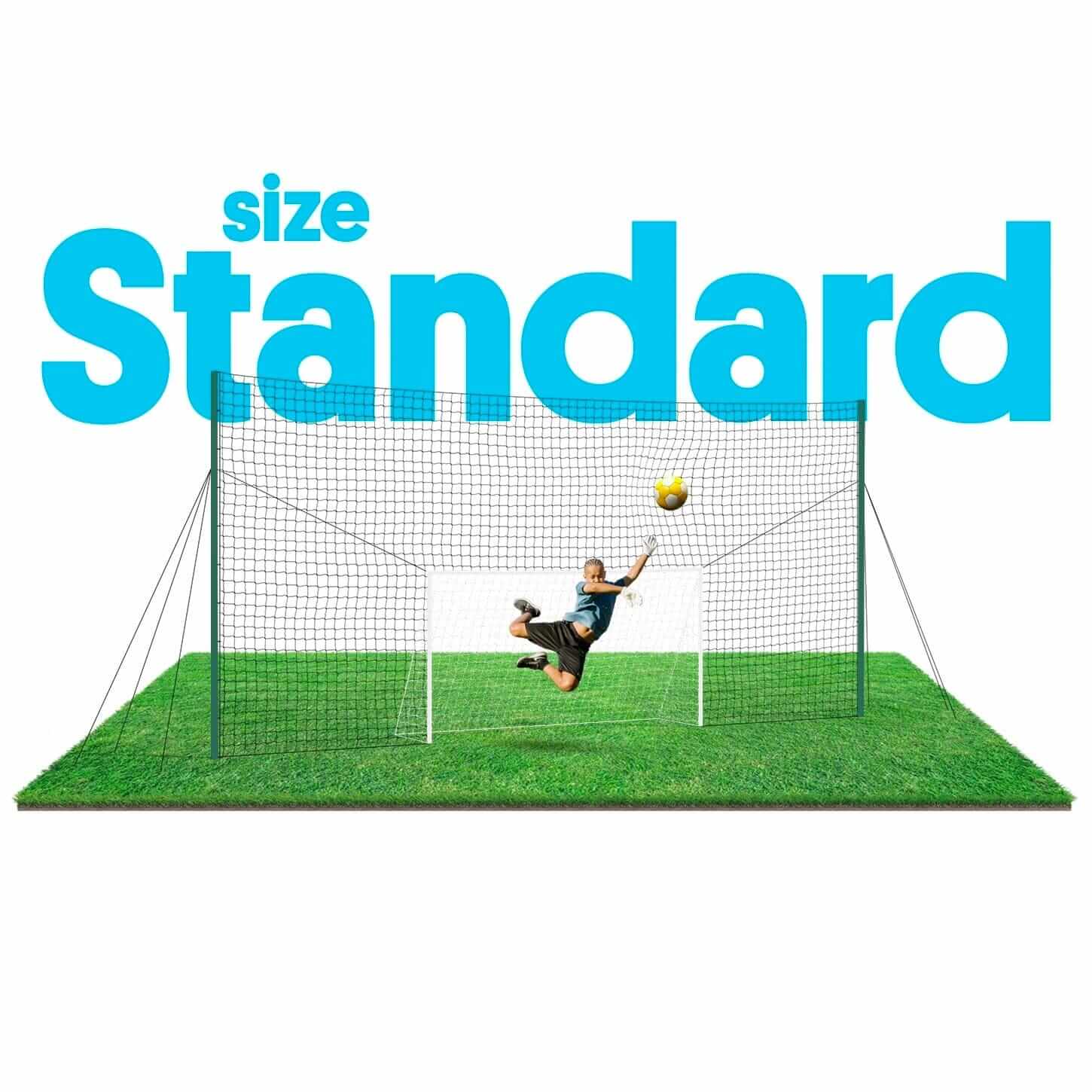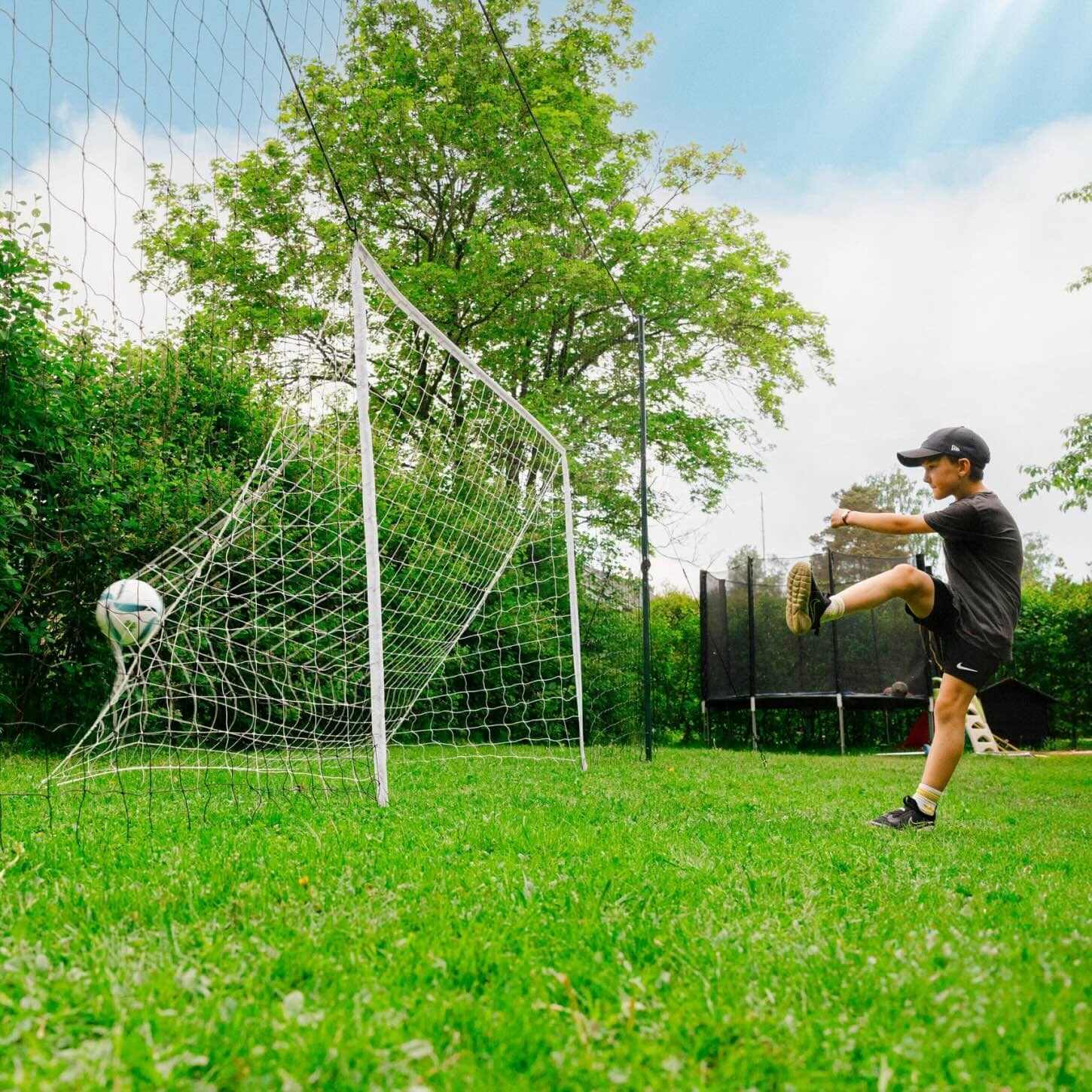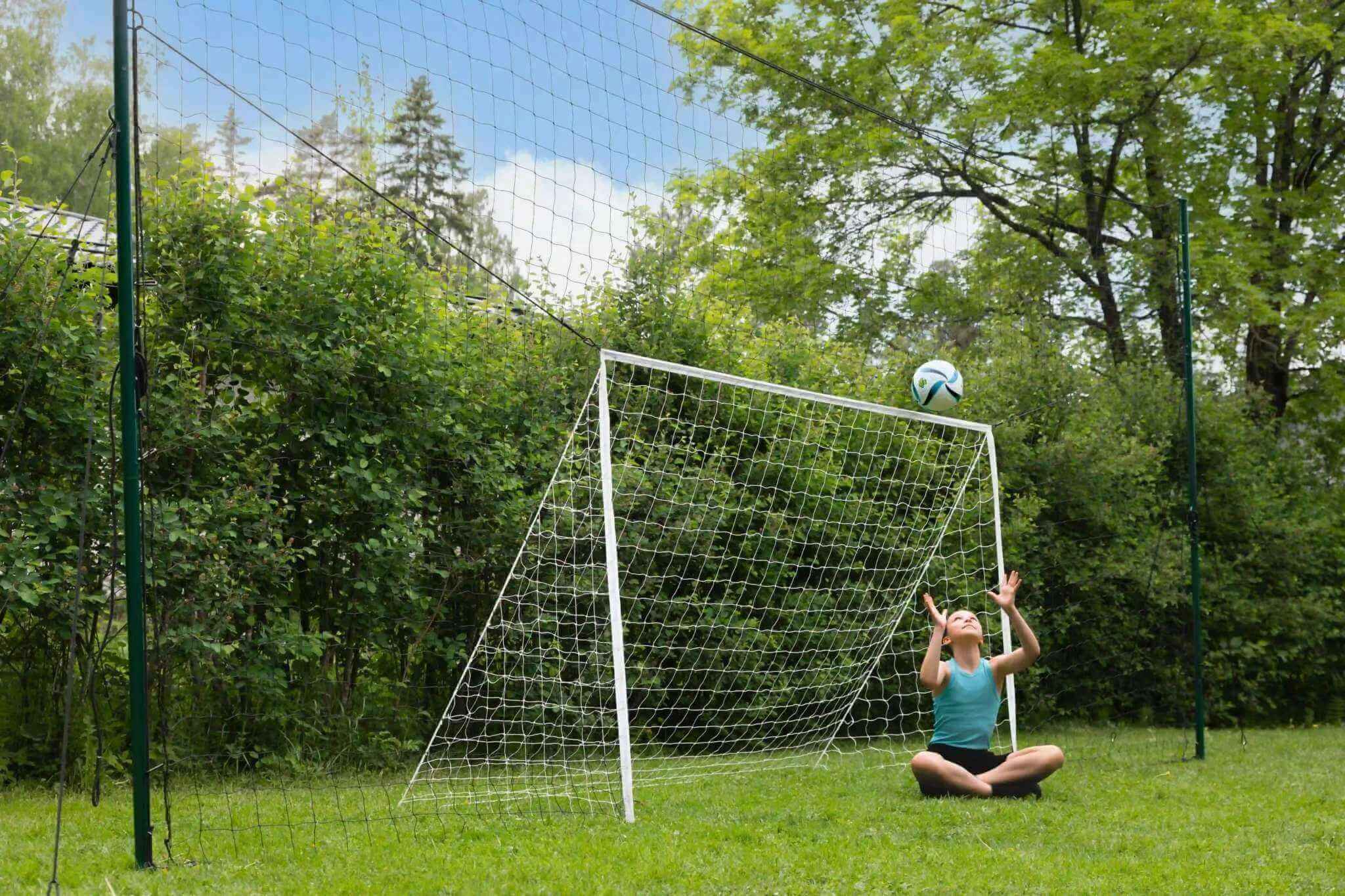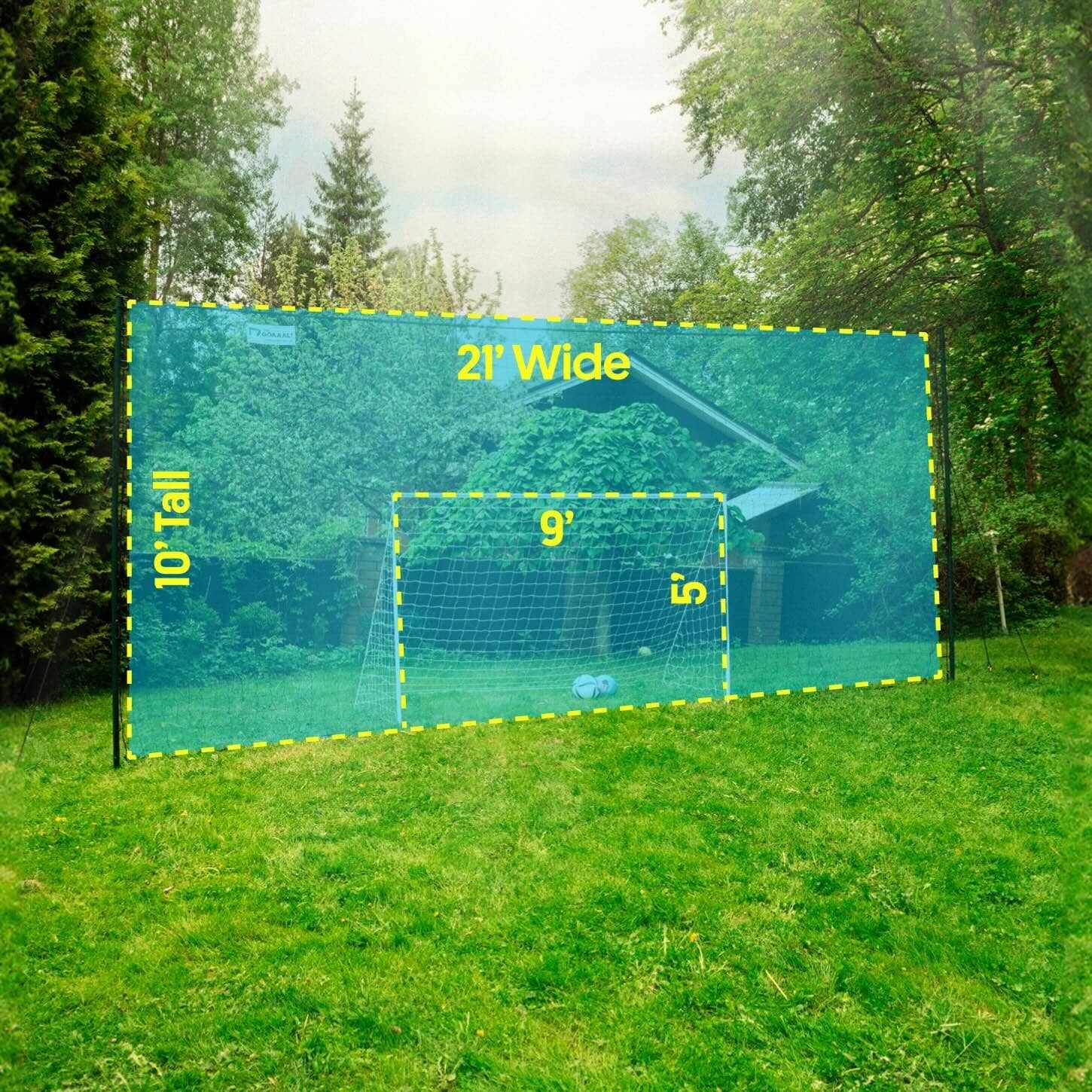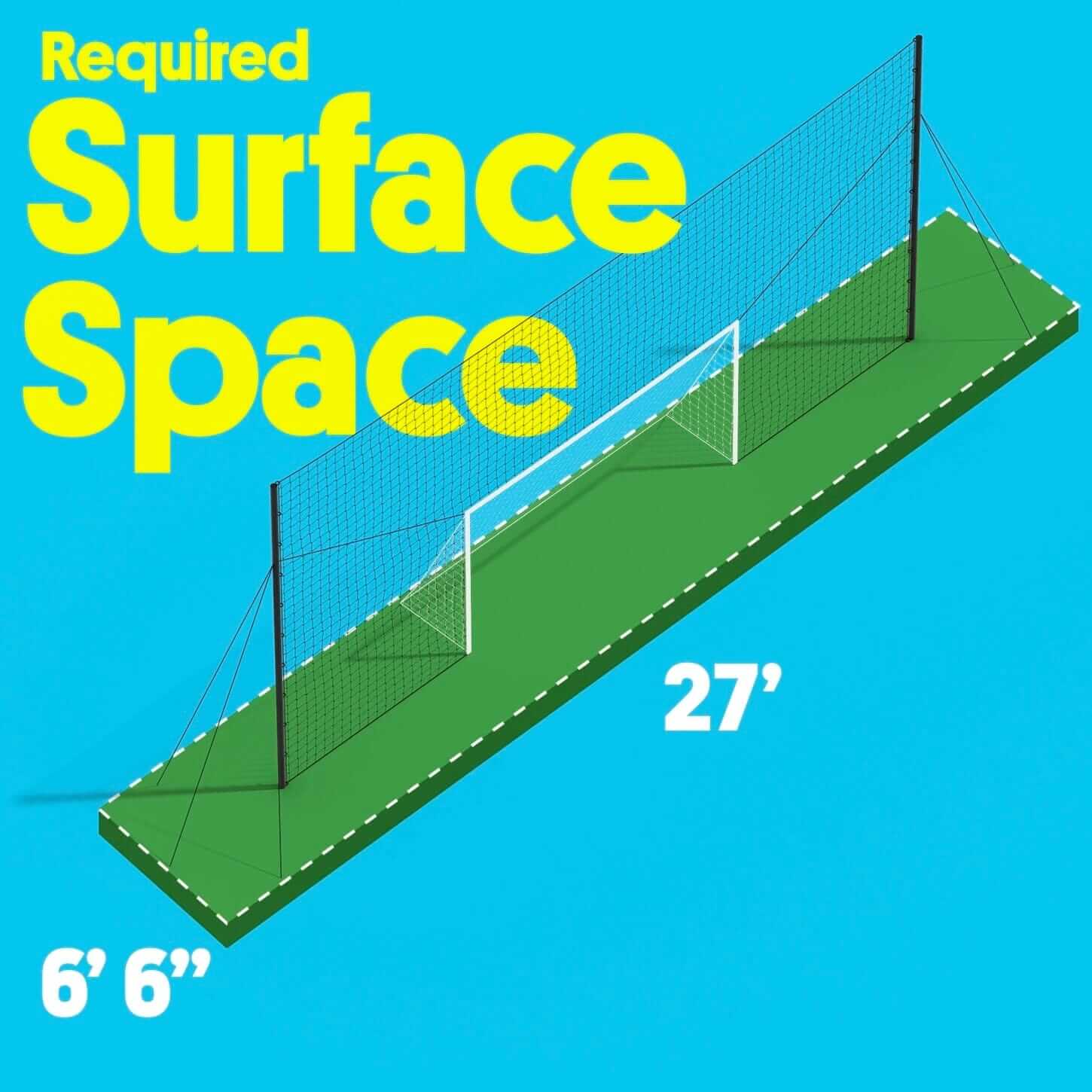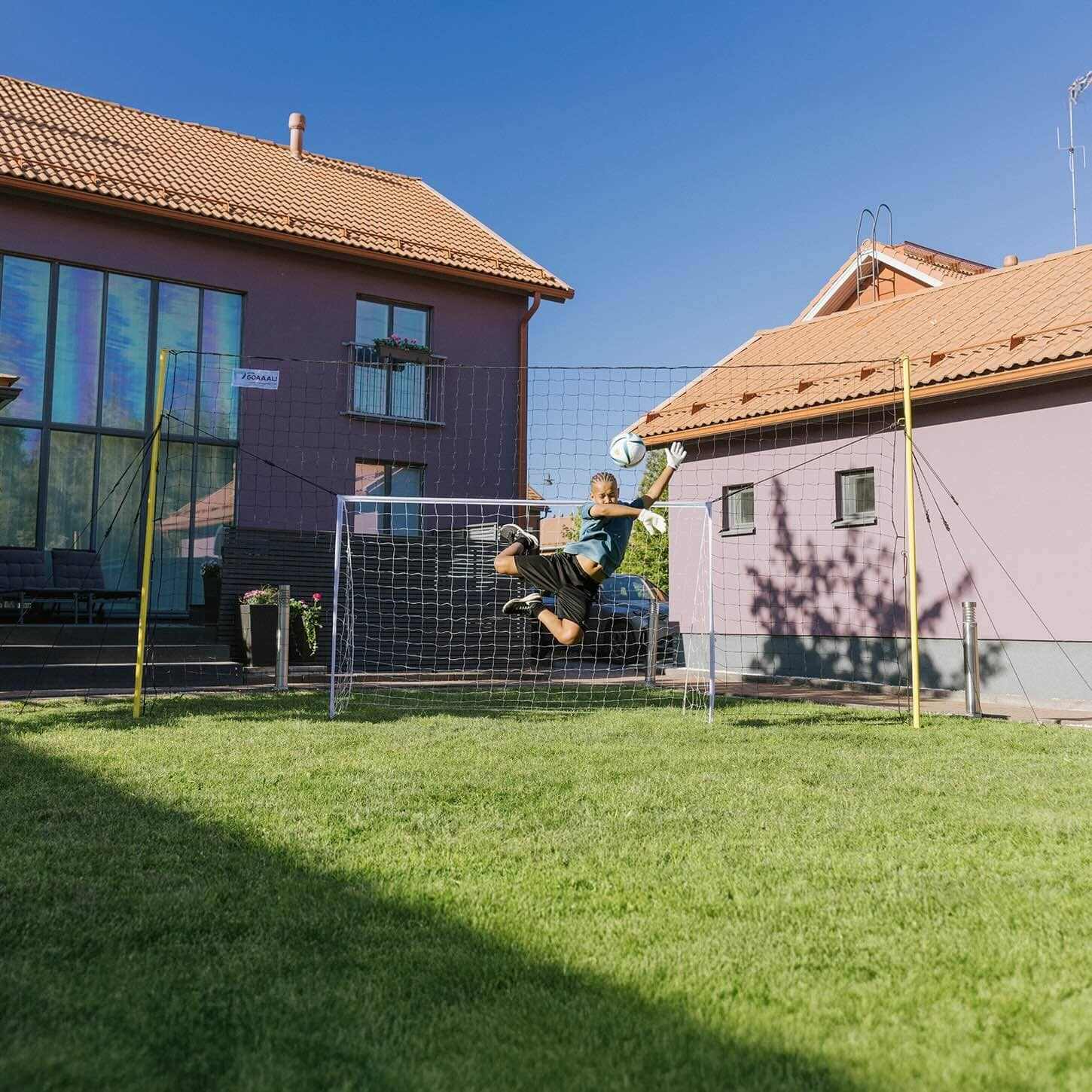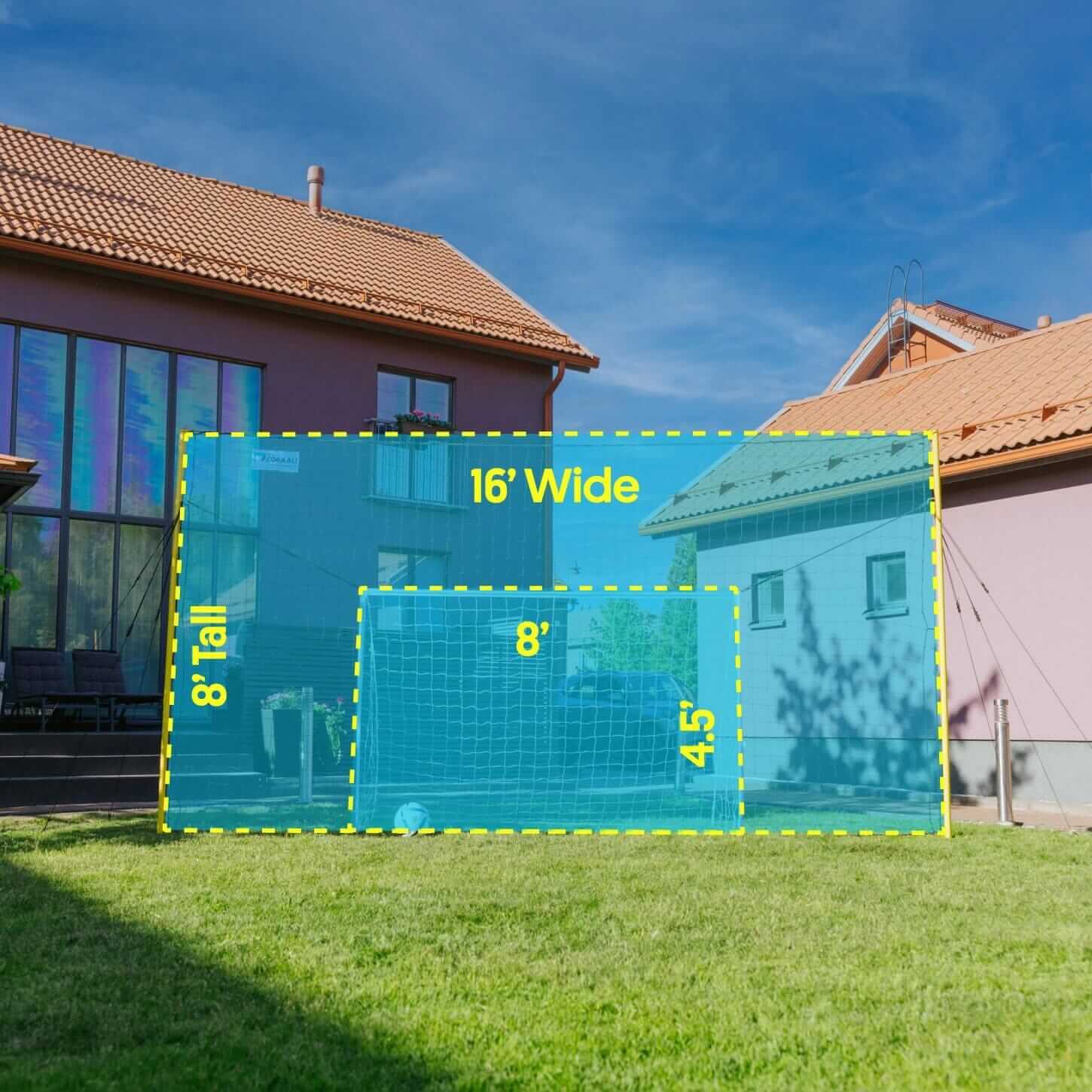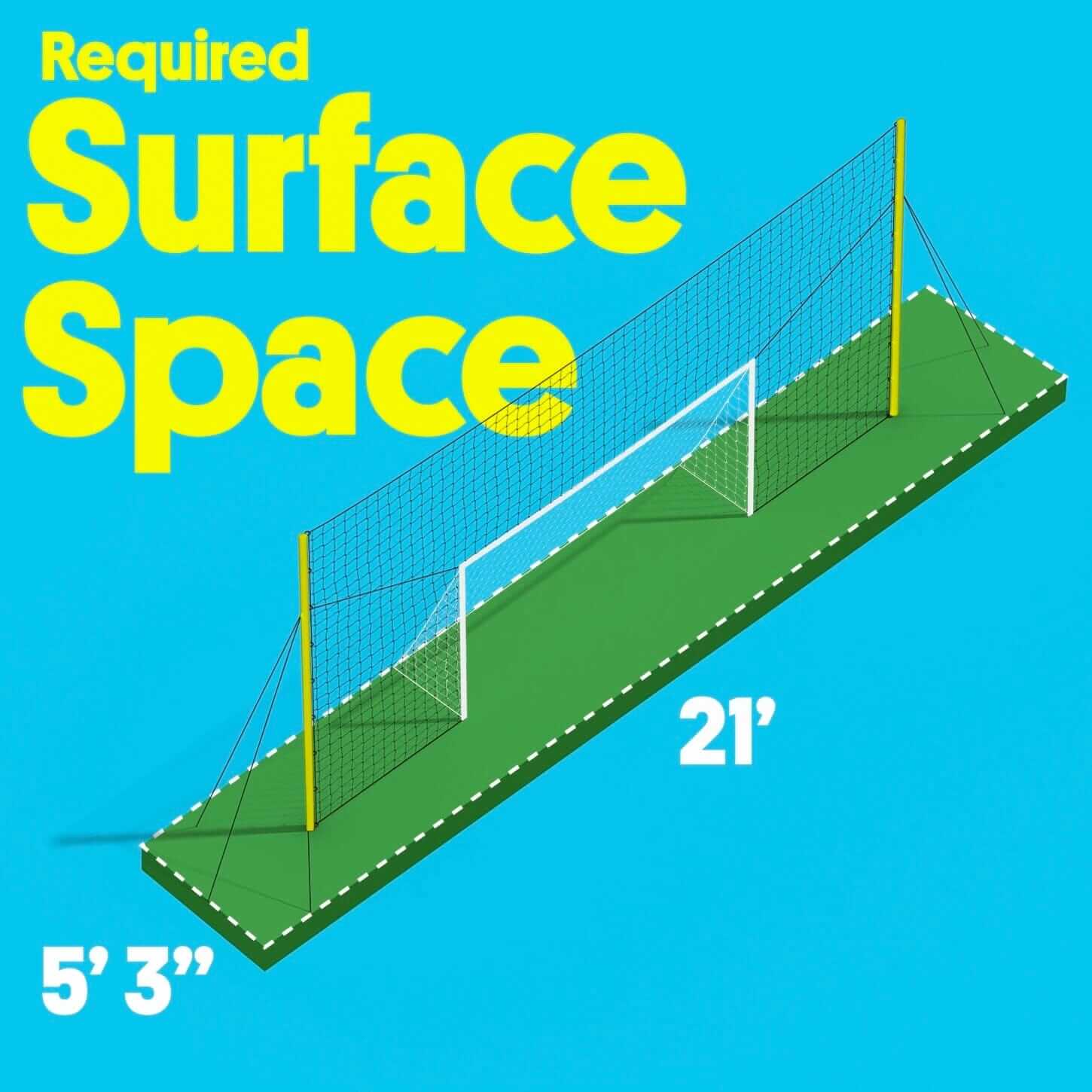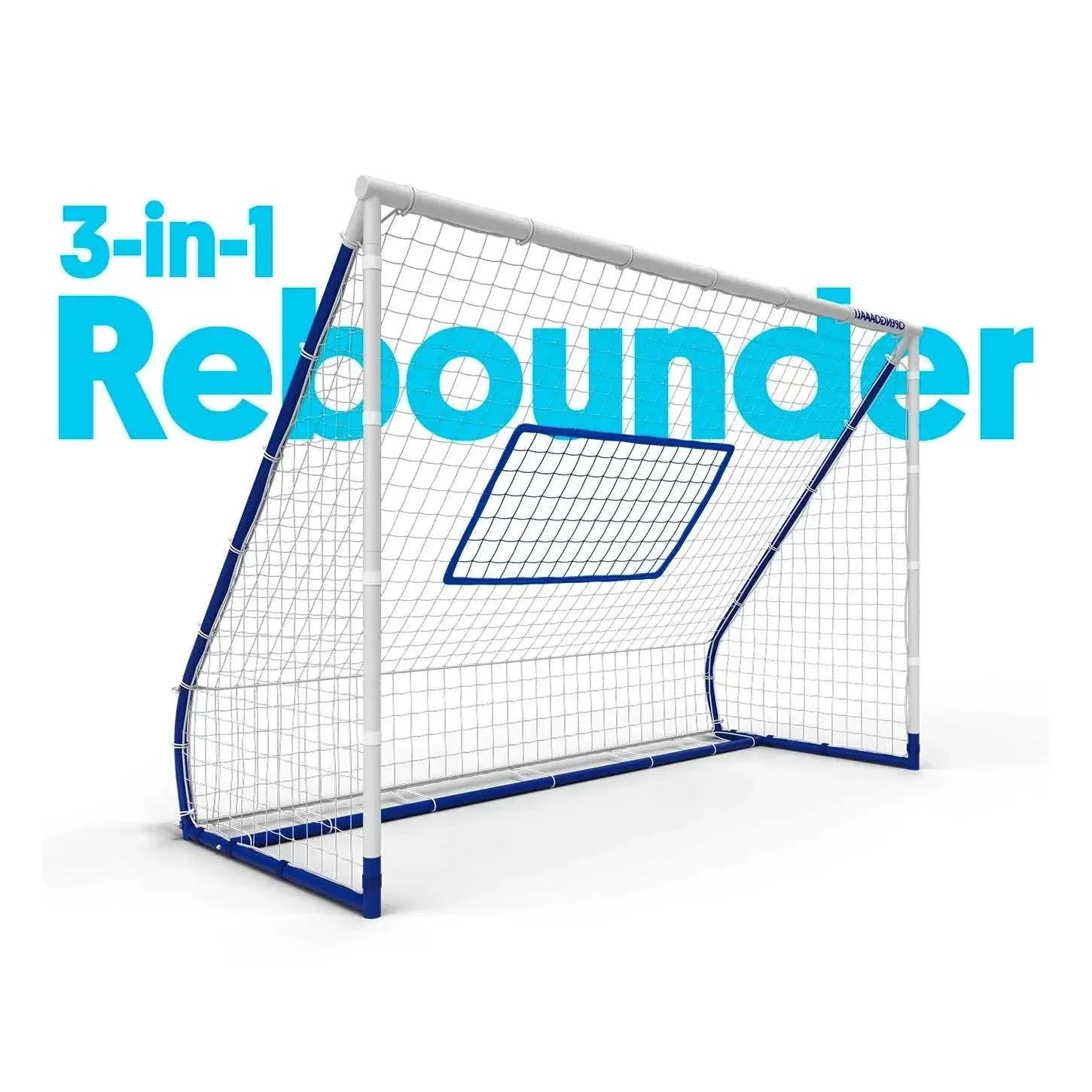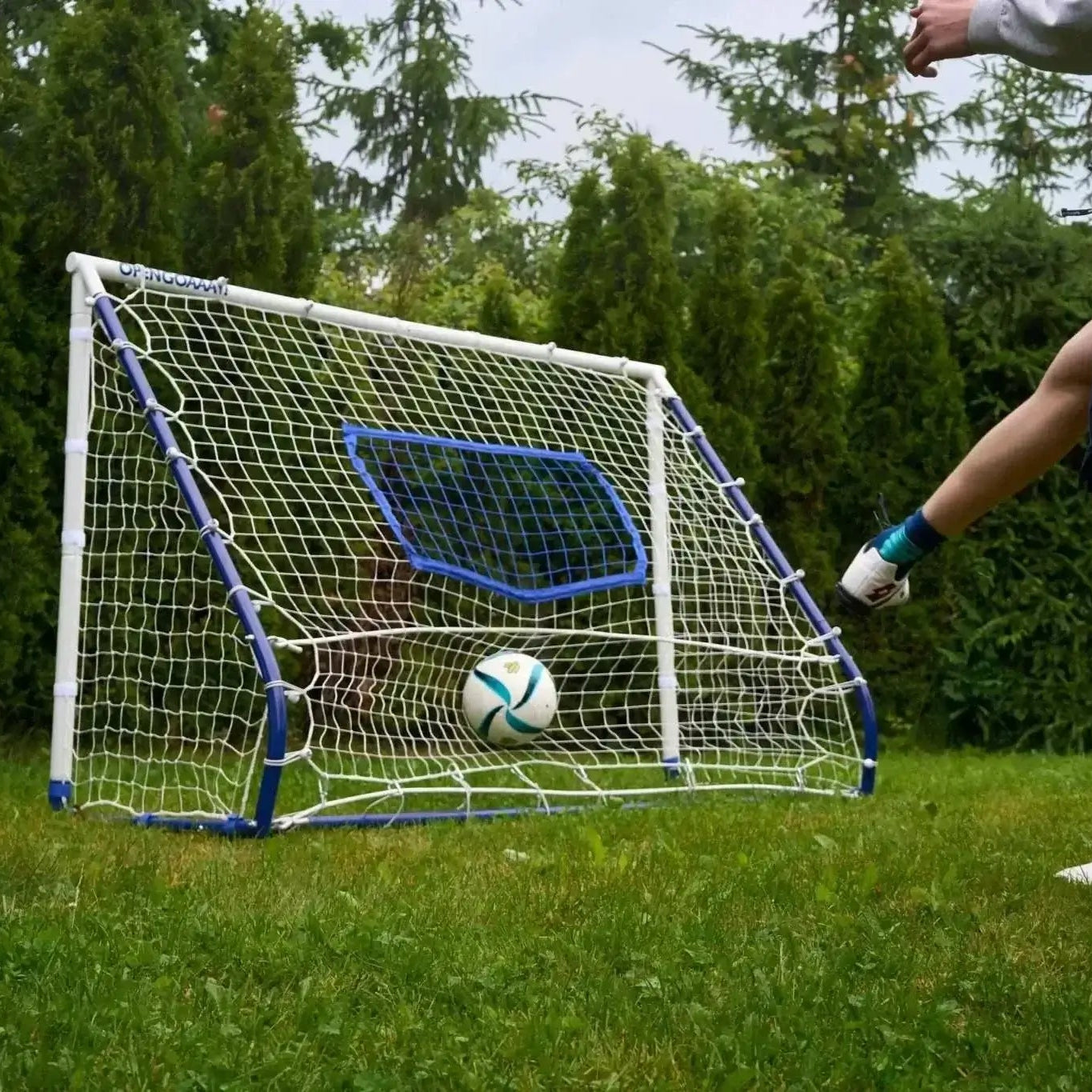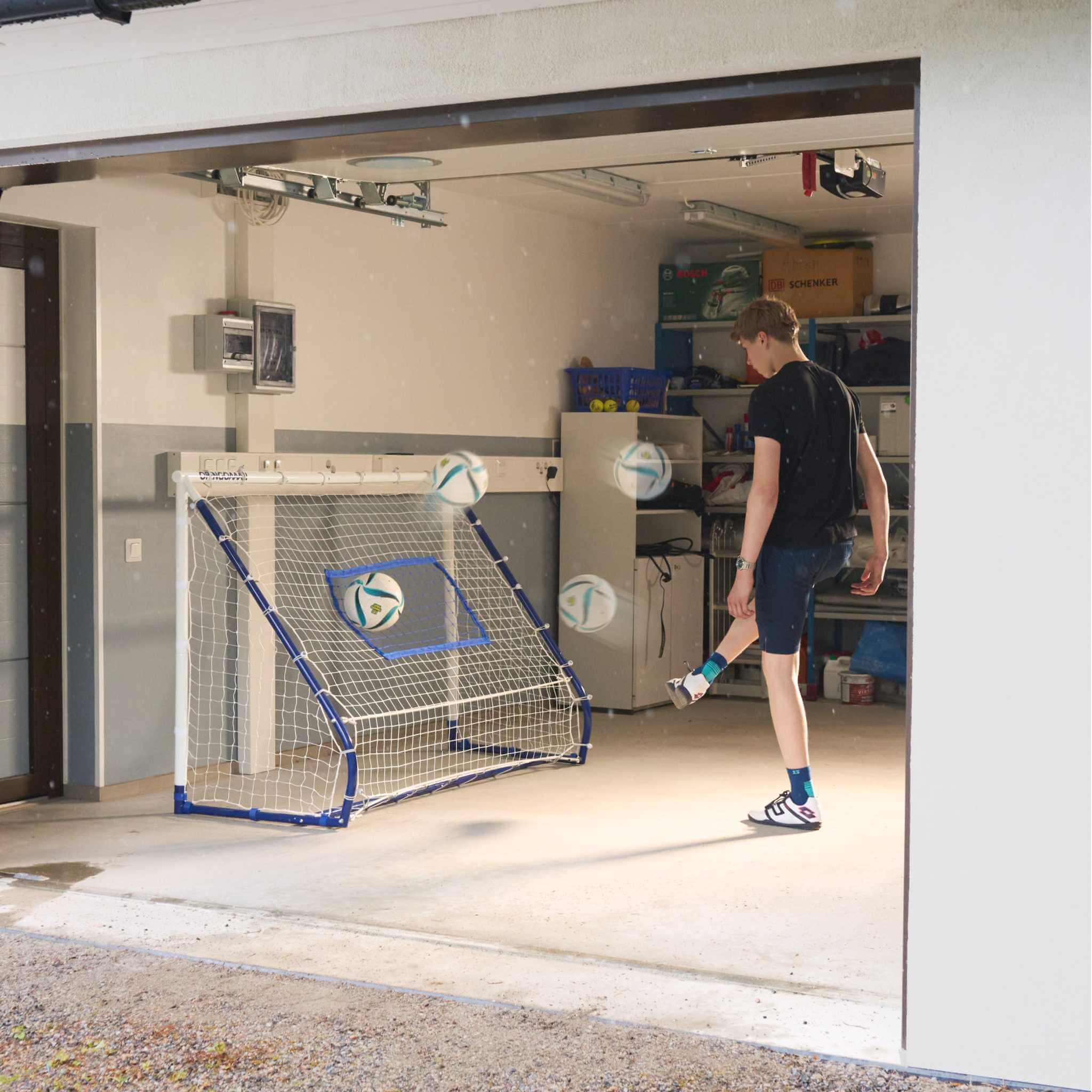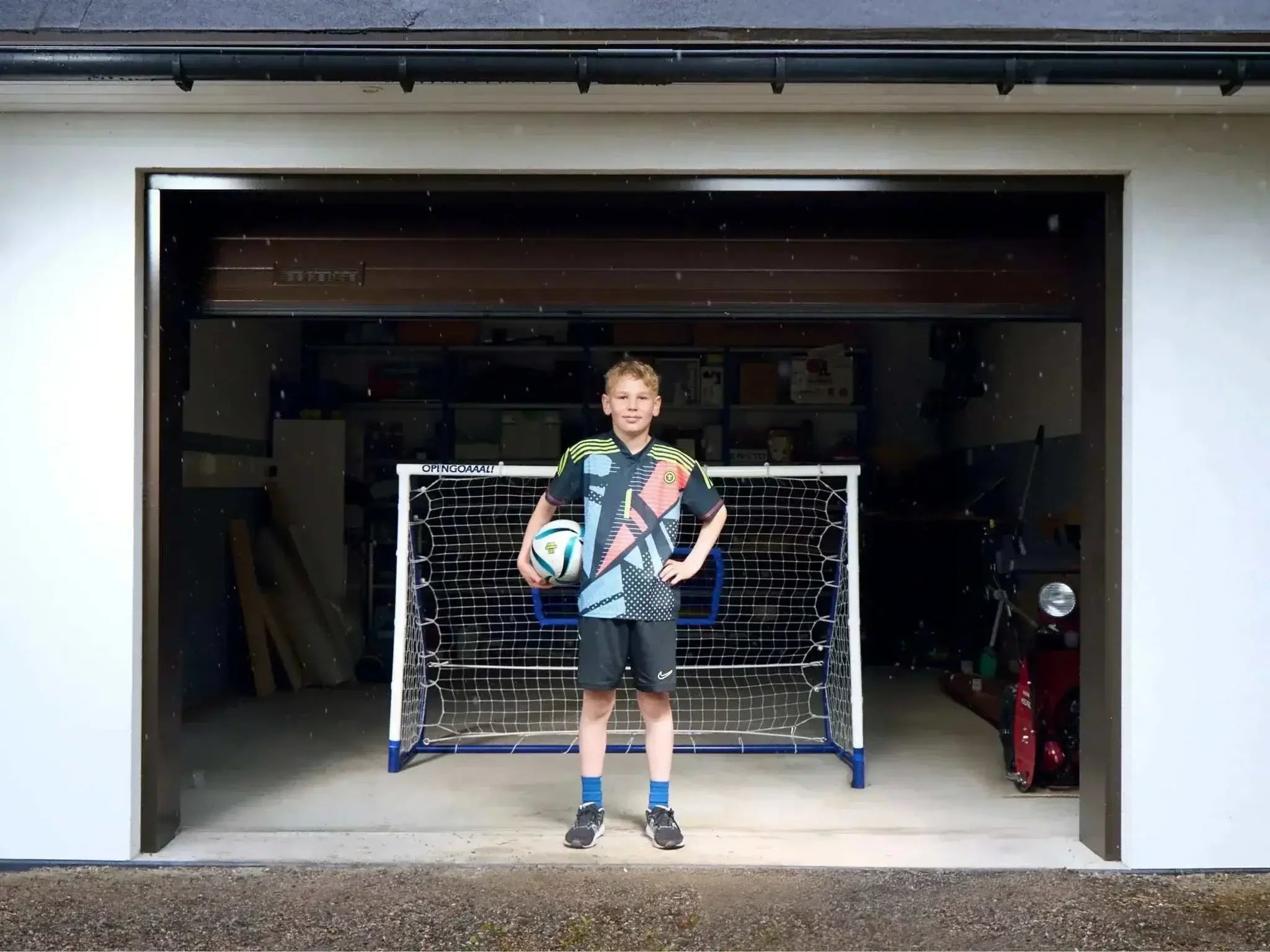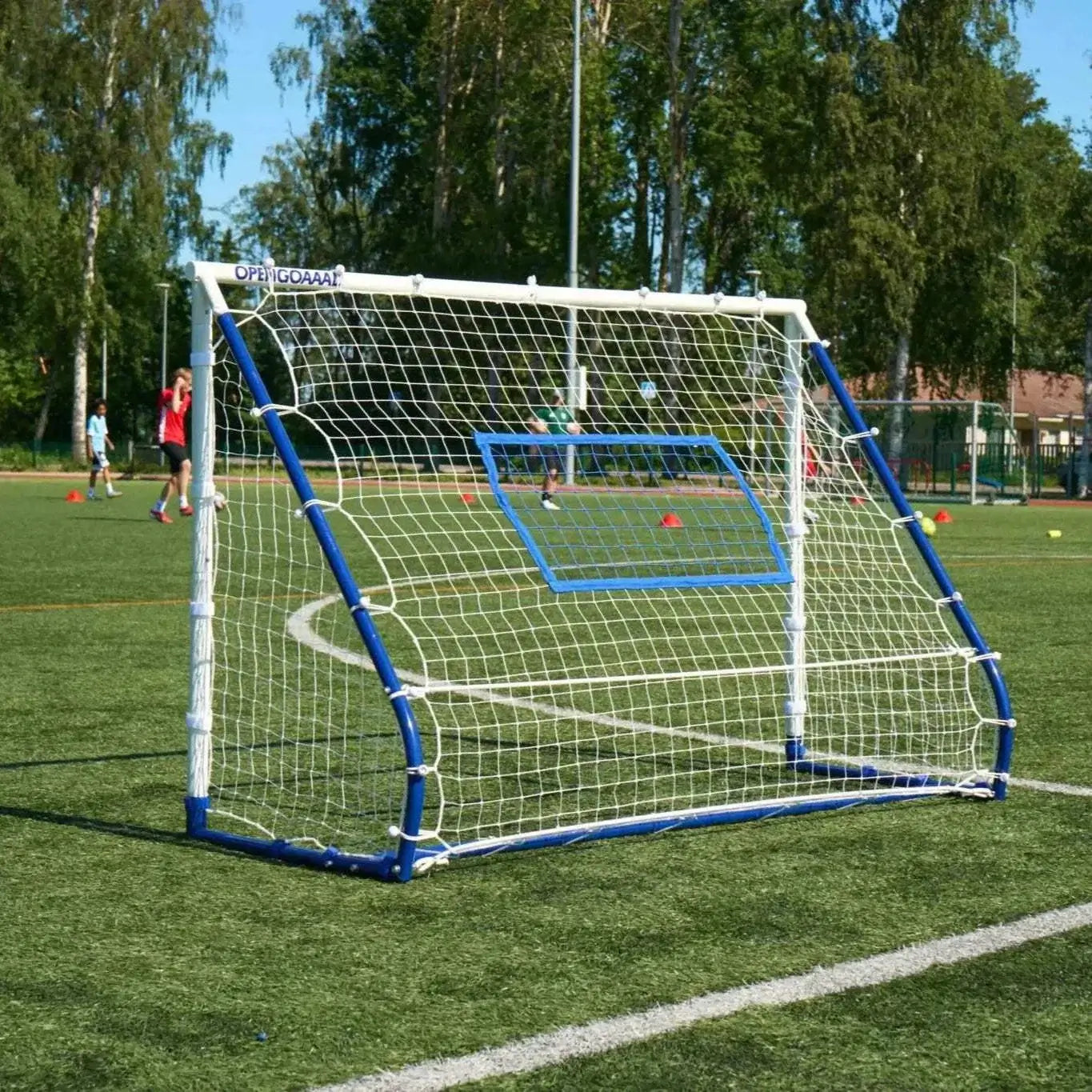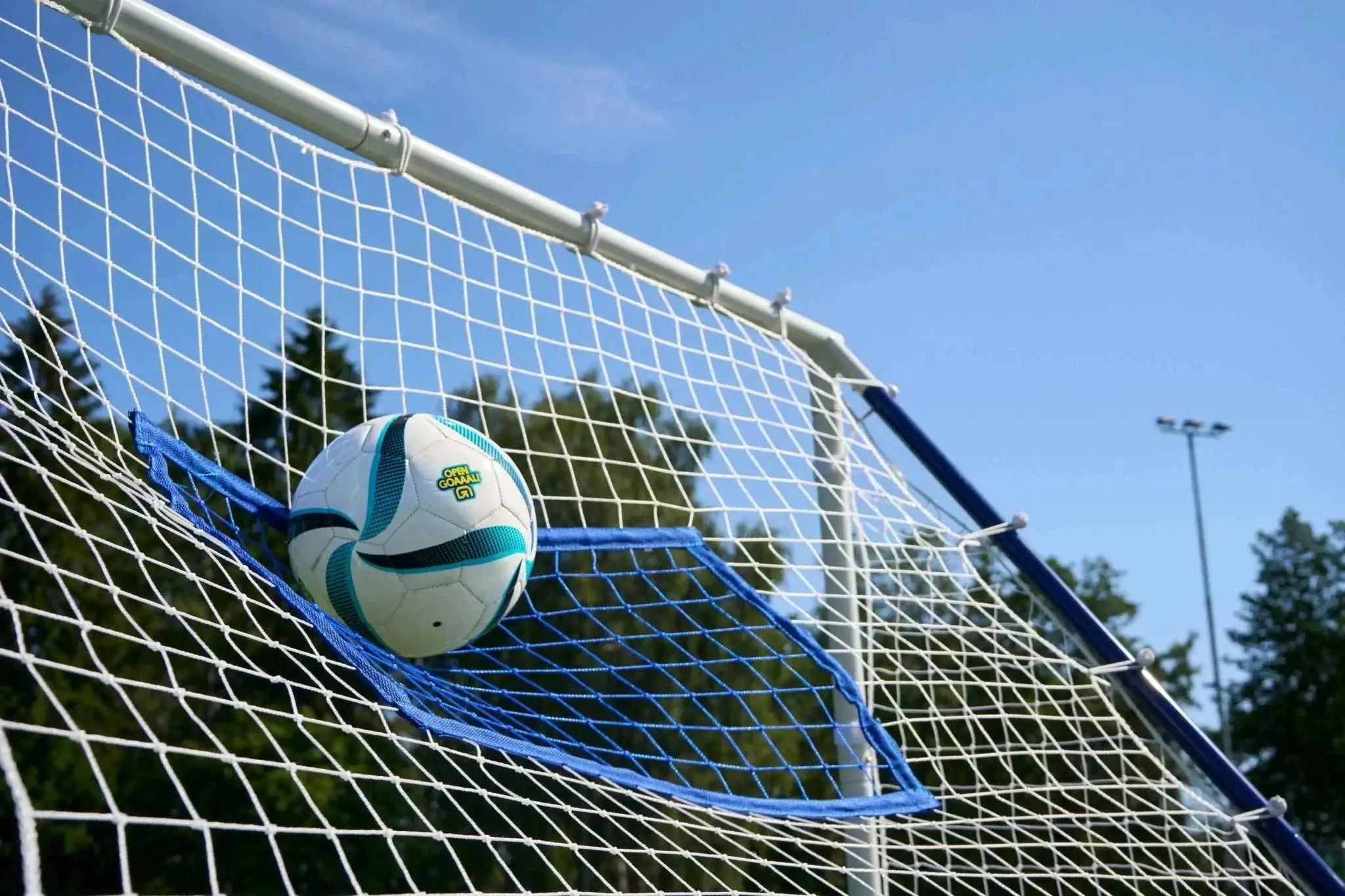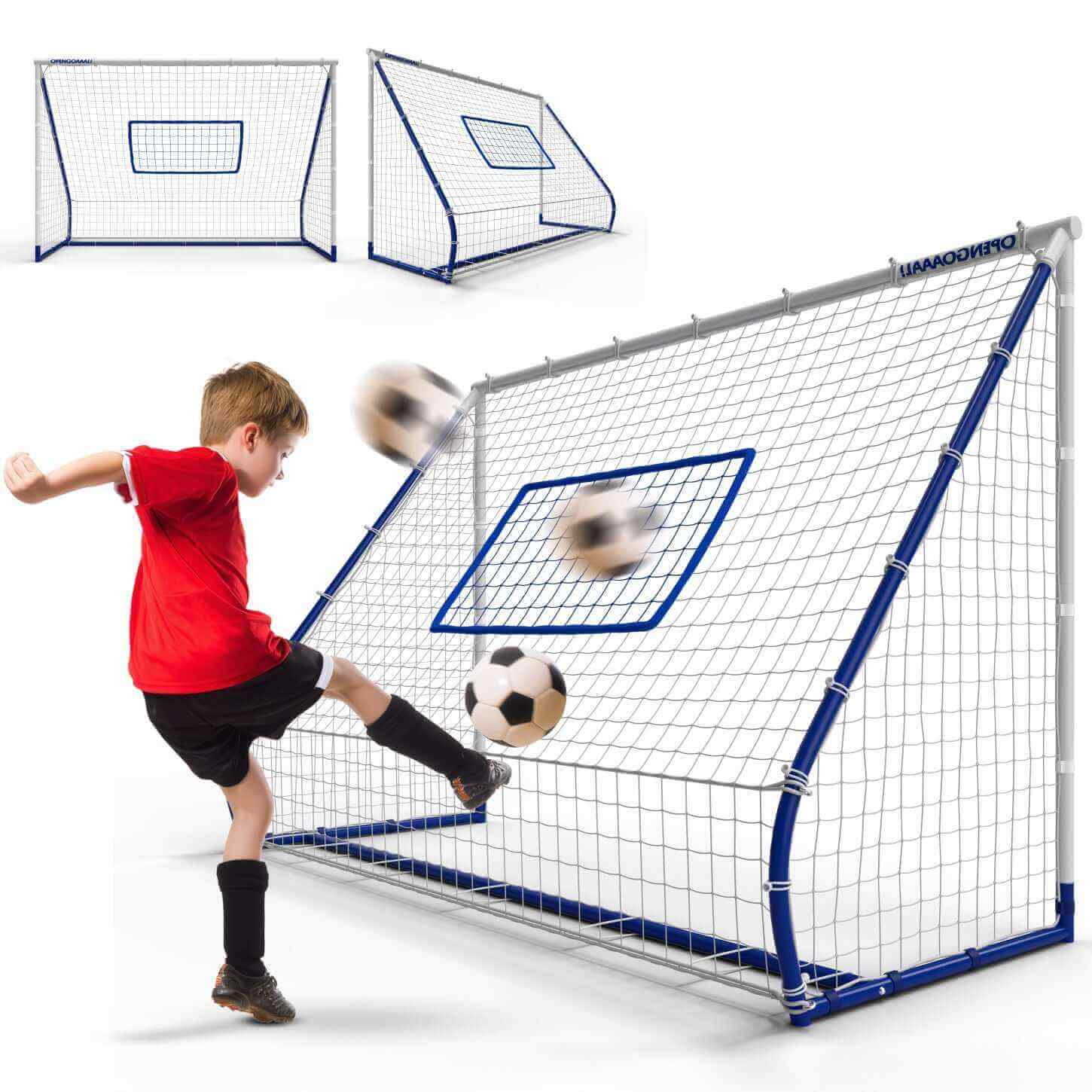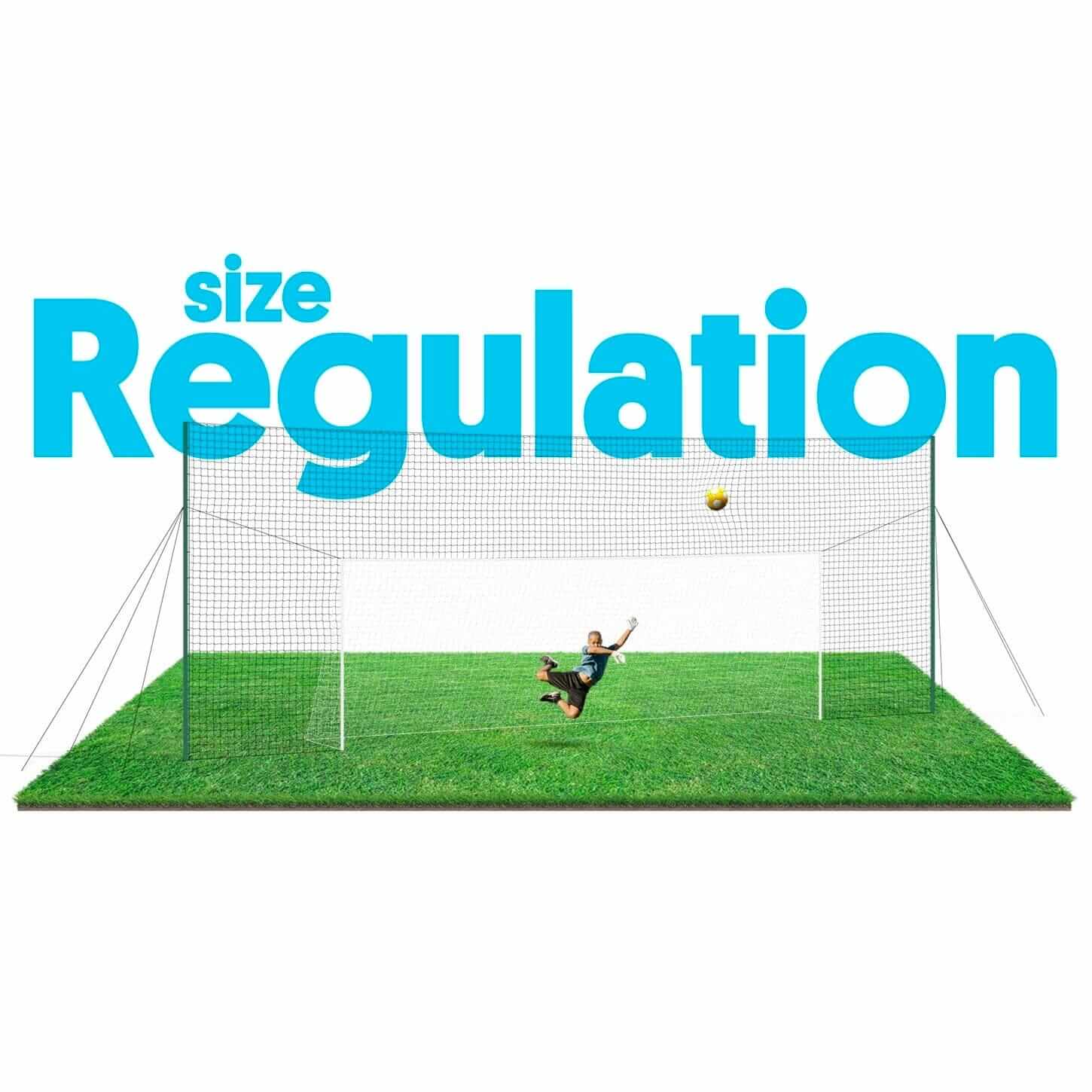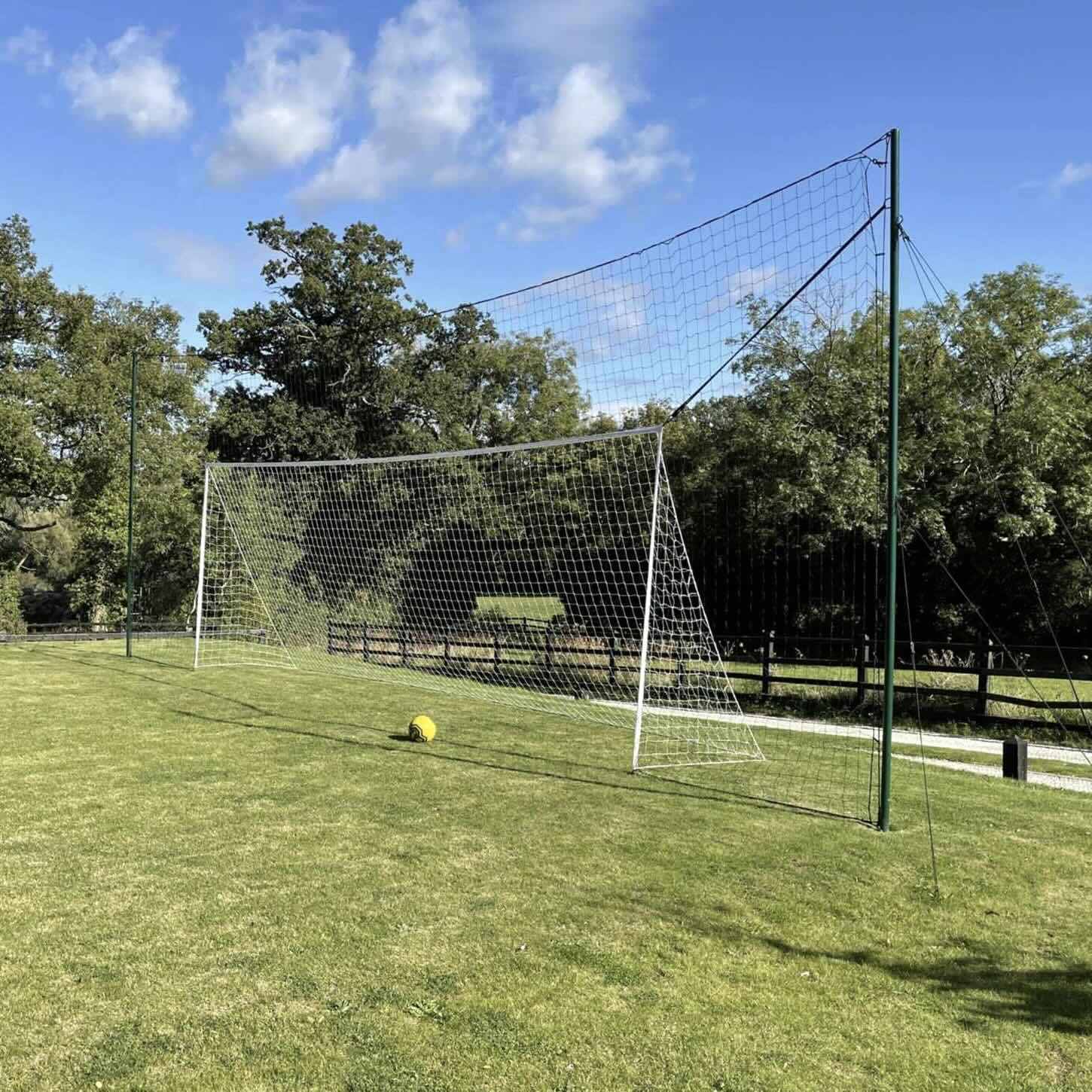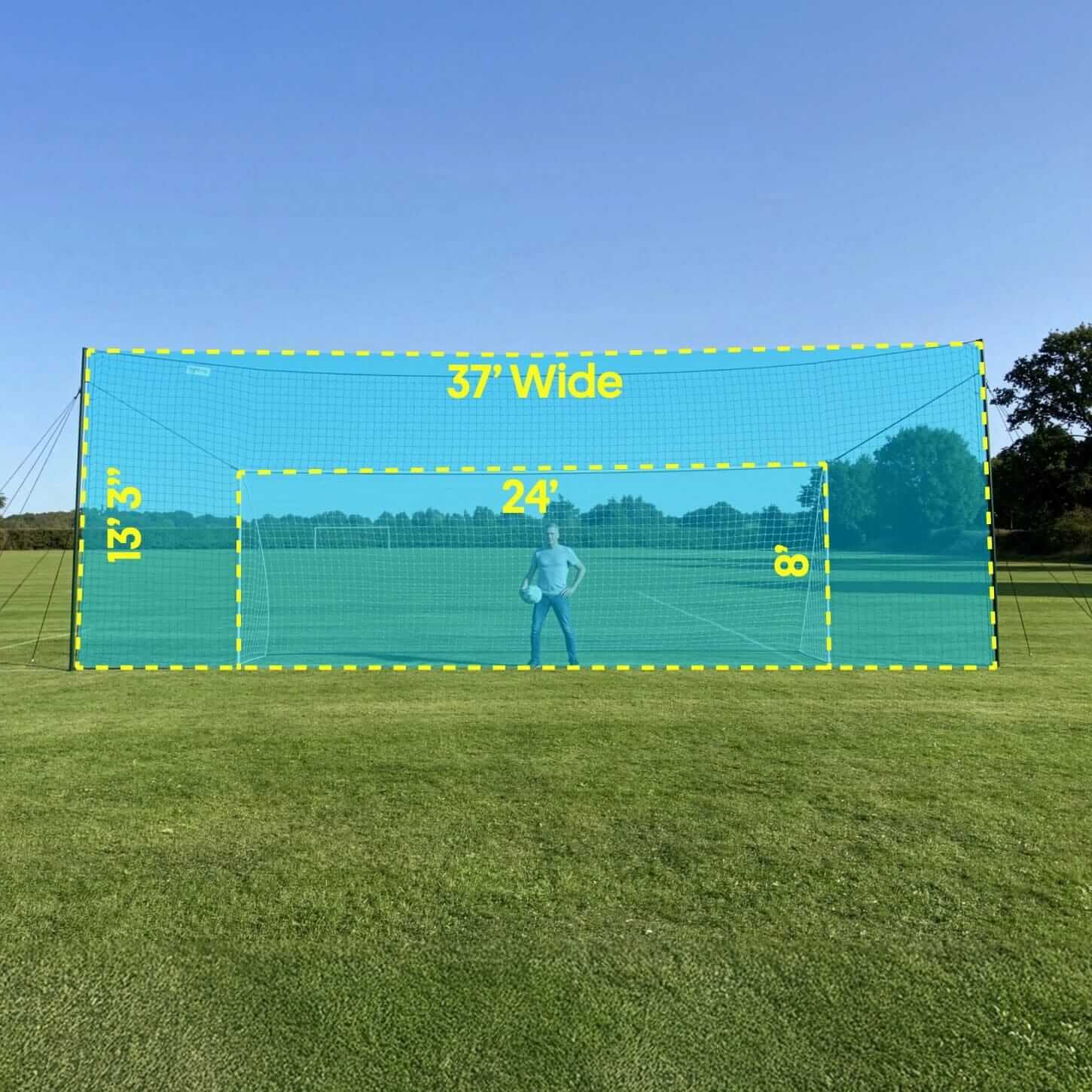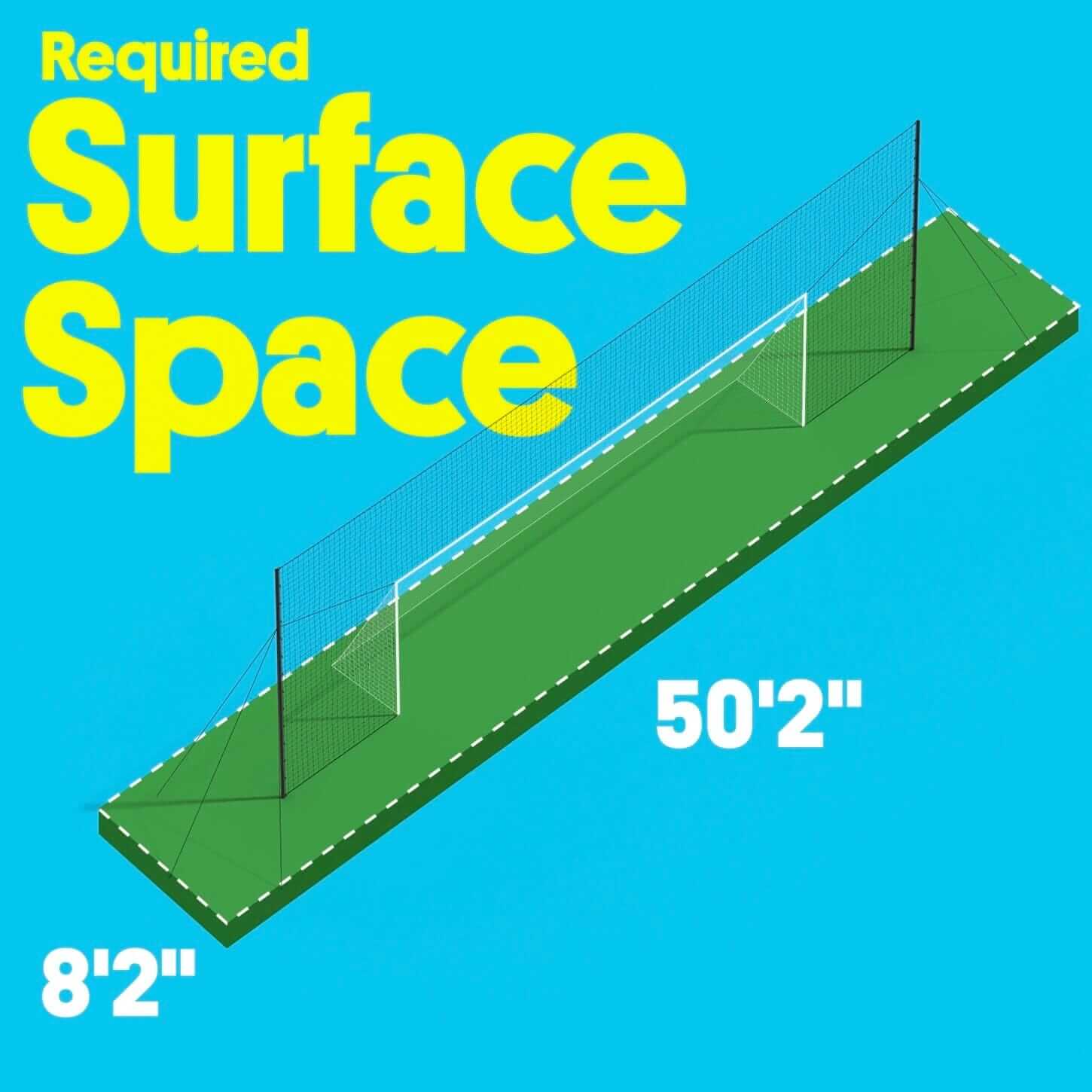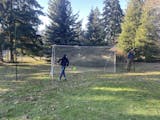Each player is assigned a primary role on the field during a soccer game. Some of these roles include soccer defense positions for the team.
Defenders guard their team’s goal and prevent the opposing players from scoring. Younger soccer teams, with players ages 5 to 7 years old, usually have high-scoring games.
This is because they still need to understand how to defend their team properly.
Once youth soccer players get older, usually ages 14 to 17, players have a better understanding of how to defend their team, and the score of the game is lower than it once was.
Many soccer players practice endurance training, dribbling, and sprints to prepare for defensive positions.
For players to expand upon their defense skills in soccer, they must understand what defenders do, the soccer positions they play, and which formations work best in soccer.

What Do Defenders Do in Soccer
A defender’s role changes depending on the location of the ball, the defensive strategy being used, and the pitch of the penalty area. A defender’s primary job is to:
- Intercept the ball from the opposing team and regain possession of the ball
- Support the goalie by stopping the ball from entering the net
- Perform tackles on the opposing team to regain ball control
- Not allowing players to receive passes in dangerous spots by keeping track of defensive matchups
Defenders play defense in the game of soccer.
A defender in soccer plays close to their team’s own goal, trying to prevent the opposing rest of the team from attacking. Defenders usually play in a diamond formation with a sweeper in the backward position or a straight line parallel to the end line.
A defender must have extensive speed and physicality to prevent the opposing team from attacking players.
They must match the opposing team’s momentum when running down the soccer field, being strong enough to take the ball away from the other team.
A defender must also coordinate to attack the opponent at the perfect time. Many defenders use slide tackles to regain possession of the ball.
How Many Soccer Defense Positions in Soccer Are There?
There are five defense positions in soccer.
Goalkeeper
The goalkeeper, also known as the goalie, will always be positioned in front of the goal they are defending. A goalkeeper can move away from the goal throughout the game, but they should stay reasonably close. It is best for the team if the goalie is close to the goal and available when needed.
Center Back
A center back is a position in the center of defense. Depending on the formation, two players can play the center back role in the game. If there are two center backs during the soccer game, one will play to the right of the center, and the other will play to the left defense soccer.
Sweeper
The sweeper player takes the position in front of the goalie but behind the other defenders. The sweeper is positioned in the center of the field and can move to cover the whole field width during the game.
Wing Back
A wing back’s position is on either side of the defense near the sideline. A wing back is positioned more forward than the other defenders because their role is more offensive. A wing back position is similar to a full back position but is more advanced.
Full Back
A full back is positioned near the touchline on the side of the soccer field. There are two full backs. One will play right defense soccer as a right fullback, and the other left fullback will play on the left side. This is a wing back position.
Defensive Formations in Soccer
Now that you understand more about the roles of the defenders, it is essential to also understand the popular formations often used in a soccer game.
5-4-1 Formation
The 5-4-1 formation is one of the soccer teams' most defensive formations. Many teams use the 5-4-1 formation if they are playing a team that is stronger than them, and they want to do everything they can to prevent the opposing team from scoring goals.
In this formation, a goalkeeper and three center backs focus on defending their team. There is also a right and left wing back to support the defense and attack. The midfield is set up like a diamond, with one striker.
The 5-4-1 formation makes it almost impossible for the opposing team to create chances in your defensive third. It forced the opponents to take their goal attempts from over 30 yards out, where most goalies can save the attempt.
4-5-1 Formation
The 4-5-1 formation is an excellent defensive formation that focuses on providing strength in numbers in the midfield.
Four central defenders in the back allow a team to play using two full backs and two center backs. However, one of the center backs can be moved to a sweeper position, and the team can play with three defenders in the middle of the field.
The 4-5-1 formation is often used if a team is a great striker capable of handling a heavy burden on the field’s offensive end.
In this formation, the forward must be fully aware of their surroundings, as there may be multiple counterattack scoring opportunities.
5-3-2 Formation
The 5-3-2 formation is highly defensive and focuses mostly on keeping the majority of the defensive players in the center of the field. This formation allows for an additional player in attack to increase the chances of their team goalscoring.
The 5-3-2 formation is a good formation to use if you want to put the wing back soccer defender positions to good use.
When only three players are in the center of the field, there is enough space on the sides of the field for the wing backs to move up and down the field as needed. In 2002, Brazil won the World Cup using this formation.
Many teams choose the 5-3-2 formation if they have an abundance of good center midfielders, right and left midfielders, defenders, full backs, and wing backers.
This formation can allow your team to keep possession of the ball and launch dangerous attacks.
4-3-3 Formation
The 4-3-3 formation is often favored in United States soccer, but other countries use this formation too.
There are two common variations of the 4-3-3 formation: a defensive setup and an attack mid-setup. The 4-3-3 formation uses four defenders, which are made up of two full backs and two center backs, behind the midfield line of three.
A 4-3-3 formation is generally used as an attacking formation. In the back, the goalie is protected by four defenders - two center backs and two full backs.
There are three central attacking midfielders in front of the goalkeeper. The attack is led by two wingers and a main striker as the focal point in the attack.
4-4-2 Formation
The 4-4-2 formation is highly defensive and is the perfect counter-attacking formation. The Brazilian national team won their first World Cup in 1958 playing this formation.The 4-4-2 formation has the potential for an intensive press and simple transition once the ball is won.
This formation is made up of three distinct lines. The backline, consisting of four defenders, has two center-backs and two full backs. Ahead of them, there is a center field unit with two players in the middle and one player on each side. In the front line, two center forwards attack.
Soccer Defense Positions - FAQs
What is the hardest defensive position in soccer?
The goalkeeper is the hardest defensive position in soccer. A goalkeeper has to perform under much pressure compared to other players.
They also must have specific skills, as they face more competition than other players and central midfielders. Essentially, a goalie has a high responsibility, a lot of pressure, is the last line of any team, and they don’t have much room to make mistakes.
What do you call a defender in soccer?
A defender in soccer can be called many things, depending on the defender's position. Defenders can be called a goalkeeper, center back, sweeper, wing back, or full back.
What makes a good defender?
A good defender should have specific traits, such as:
- A good defending ability
- Speed, being some of the fastest players on the team
- Shielding and strength ability
- Passing ability
- Heading ability
All of these traits will help defenders do whatever it takes to prevent the other team from scoring and help them to get faster in soccer.
What is the best defensive formation in soccer?
The 5-4-1 soccer formation is the best defensive formation. This formation is highly defensive, and allows players to keep possession of the ball and prevent the opposing team from making a goal.
Final Thoughts
Now that you better understand soccer defense positions and what it means to defend your team, you can practice becoming the best defender for your team.
Whether you are a goalie, center back, full back, wing back, or sweeper, you play an essential role in helping to defend your team.
To work on your soccer skills at home, the Open Goaaal 3-in-1 Trainer can be a helpful tool to help you get the most out of your practice time at home. Check out the Open Goaaal 3-in-1 Trainer today!


